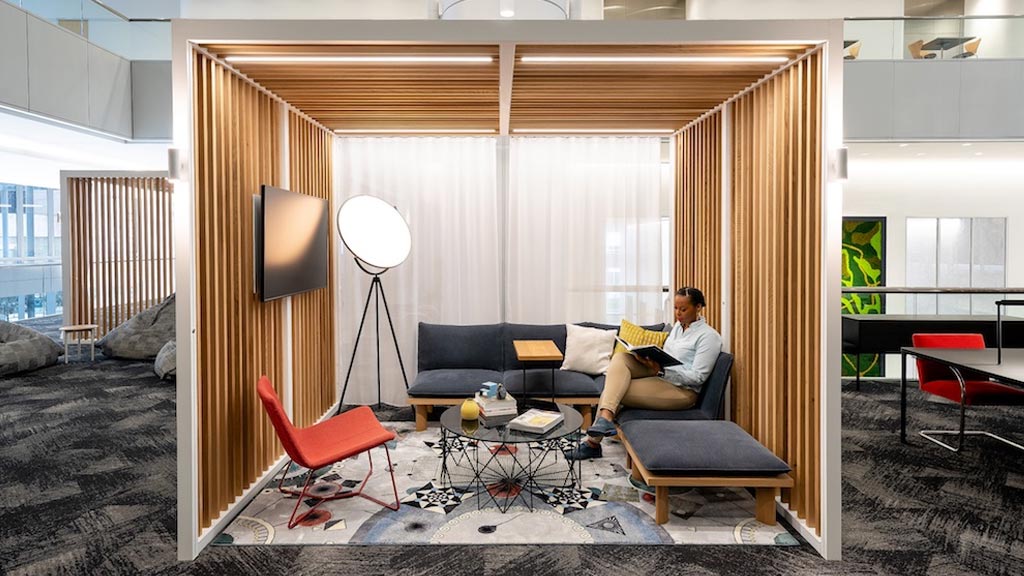Wellness
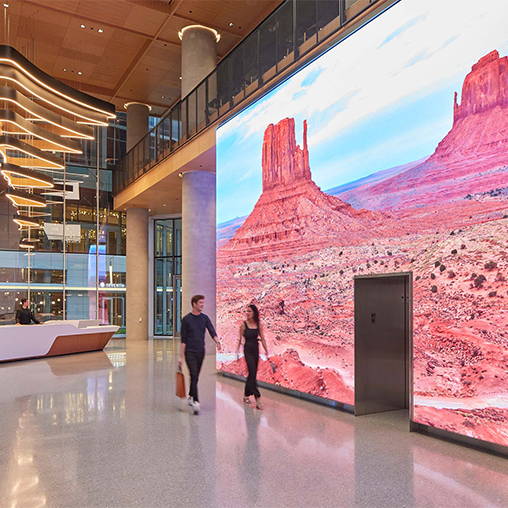
Marriott International Global Headquarters
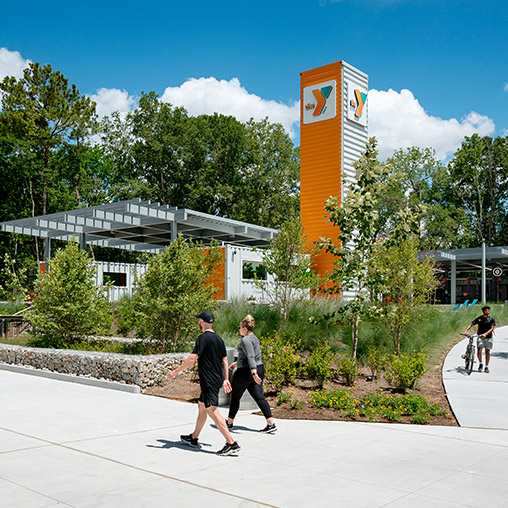
Holcomb Family YMCA
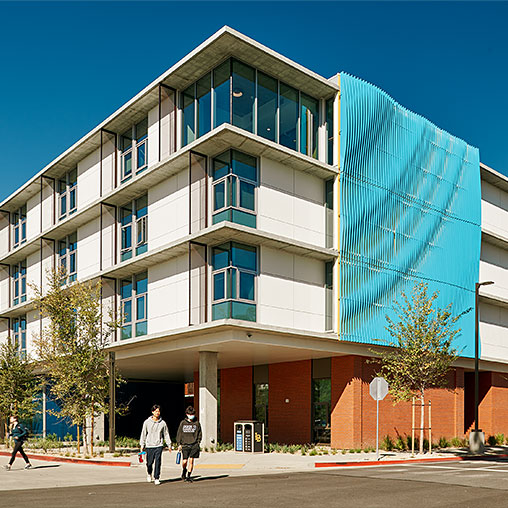
CSULB Parkside North Residence Hall and Housing Administration Building
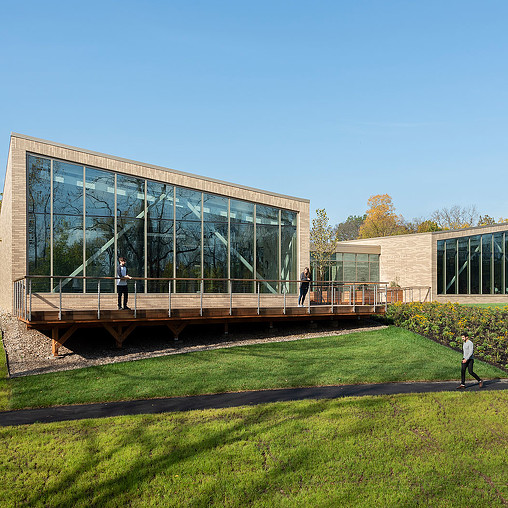
OhioHealth Neuroscience Wellness Center
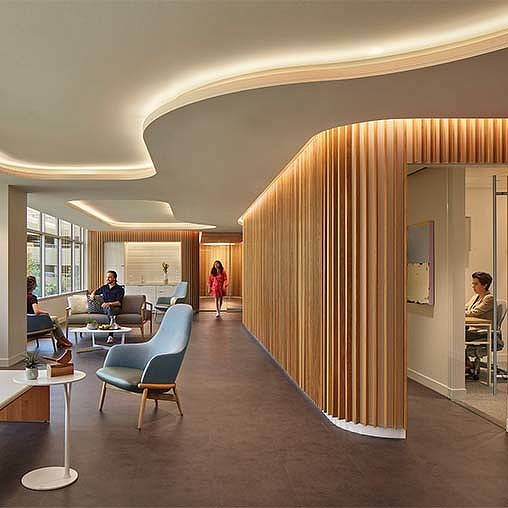
Bill Richards Center for Healing at Aquilino Cancer Center
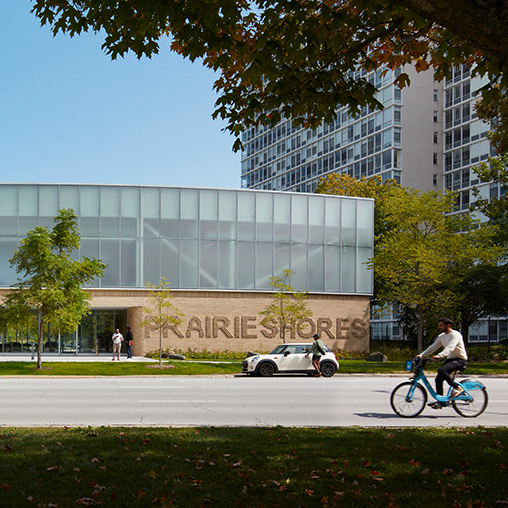
Prairie Shores Clubhouse
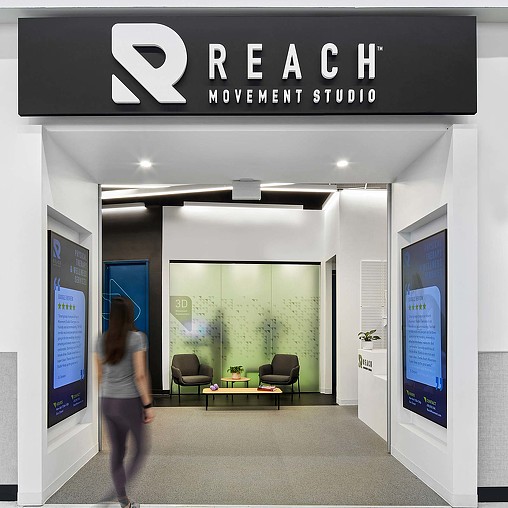
Reach Movement Studio
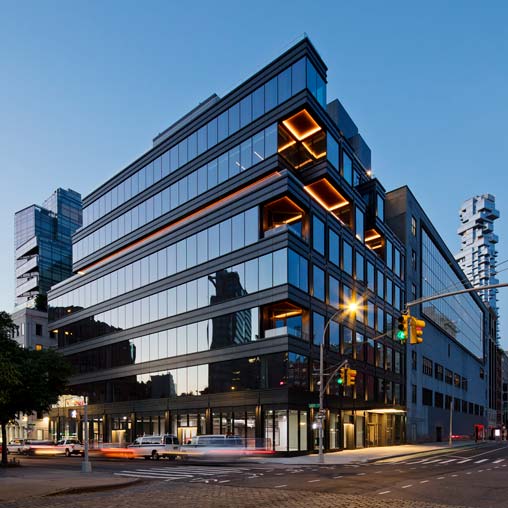
15 Laight Street
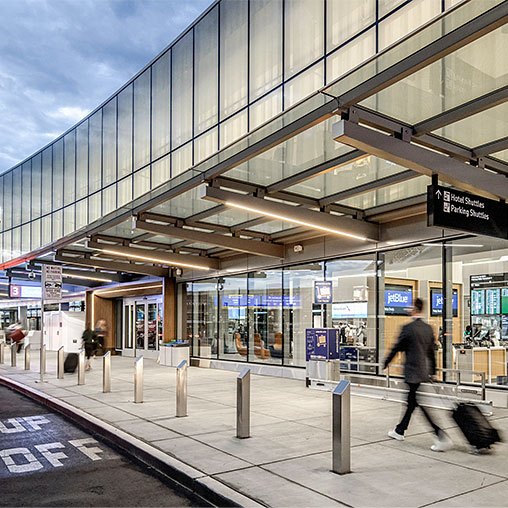
San Francisco International Airport, T1 Net Zero Program
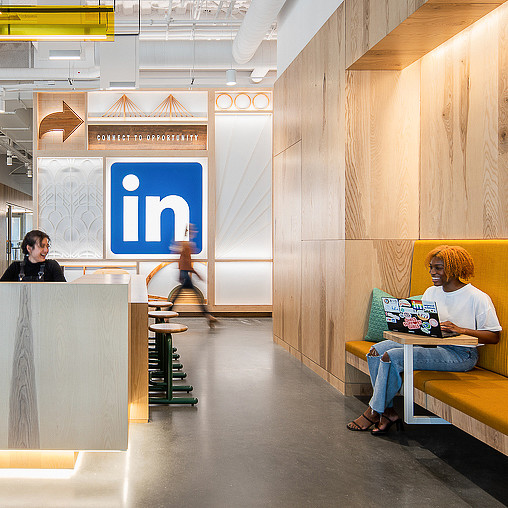
LinkedIn Omaha
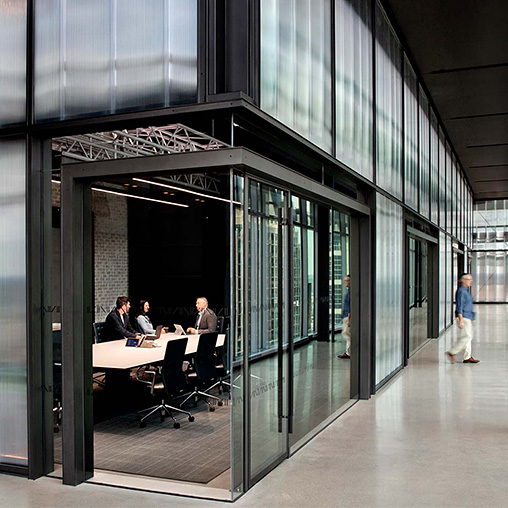
AllianceBernstein Nashville Headquarters
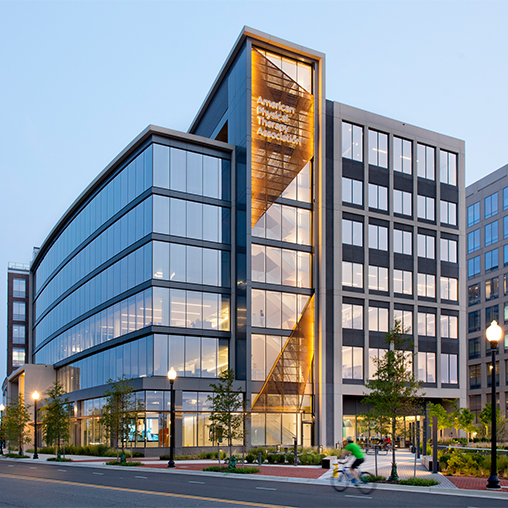
American Physical Therapy Association Headquarters
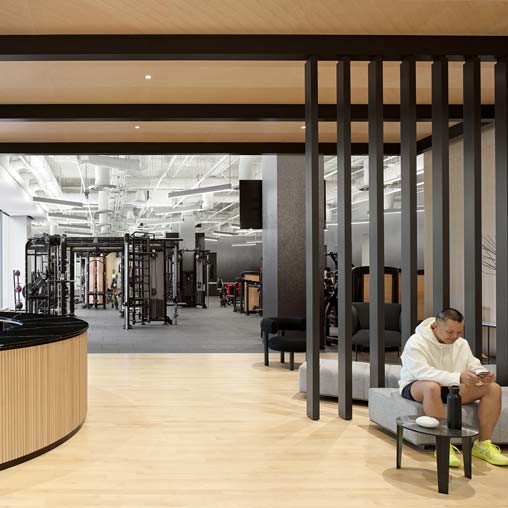
The Current at CIBC SQUARE
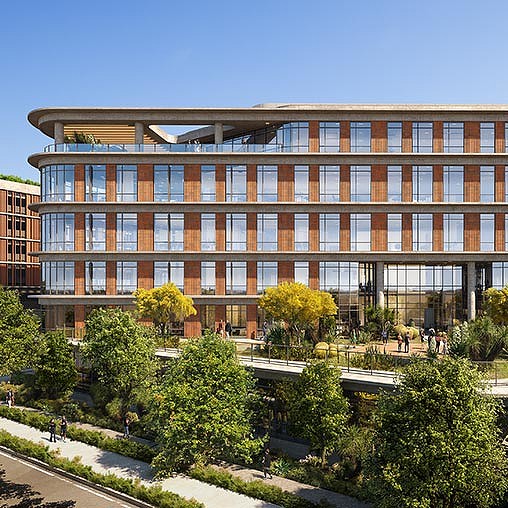
Springdale Green
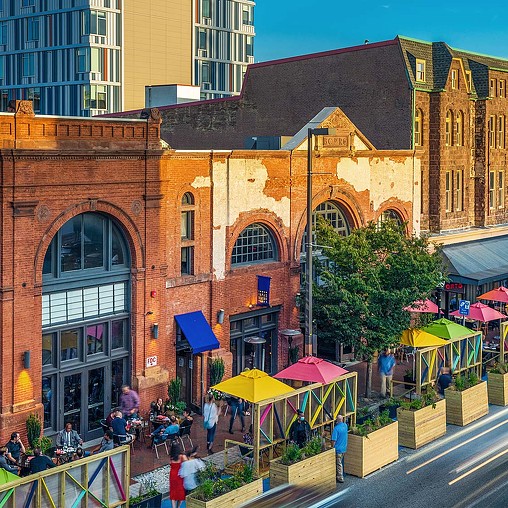
Design for Distancing
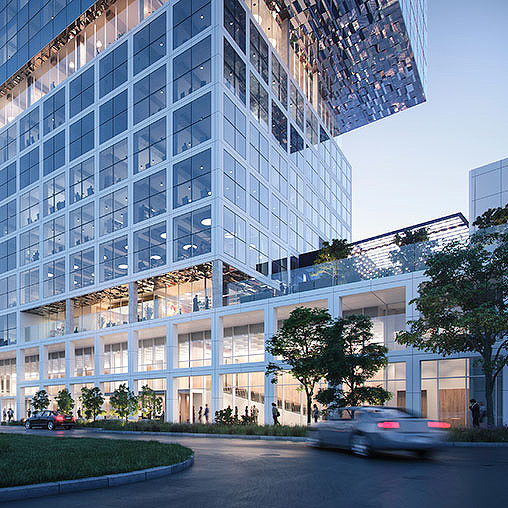
Two Legacy West
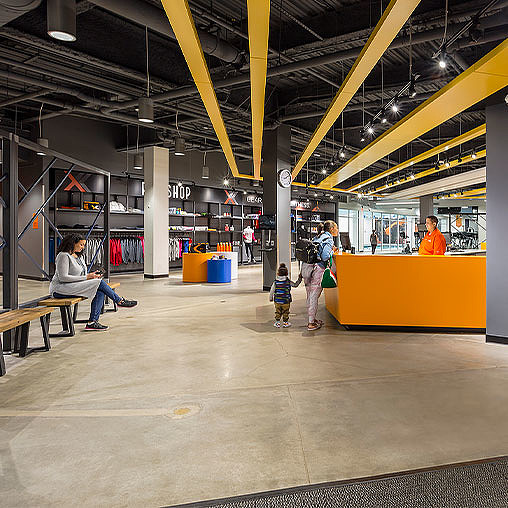
Xperience Fitness
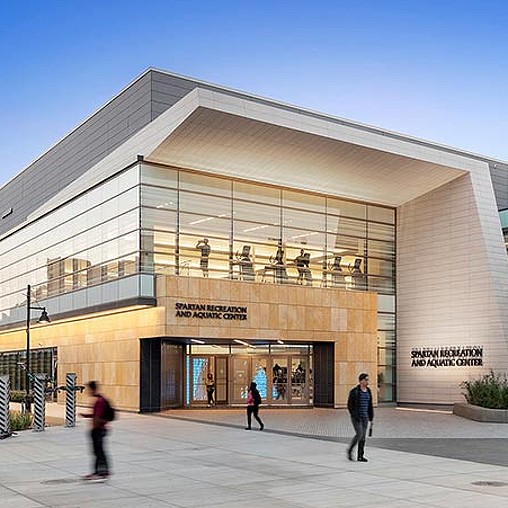
San Jose State University Spartan Recreation and Aquatic Center
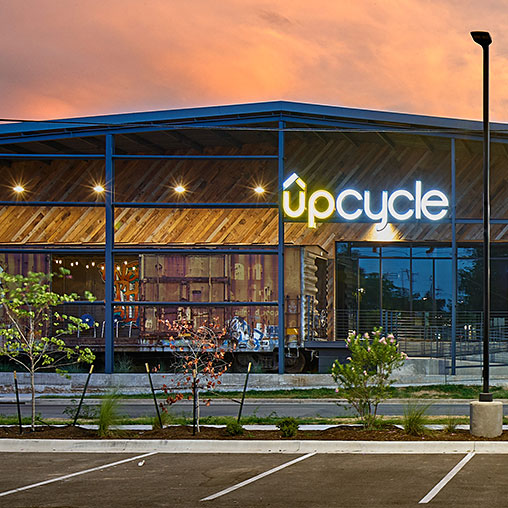
UPCycle
_Edited_508x508_1549297879_508x508.jpg)
T-Mobile, 3305
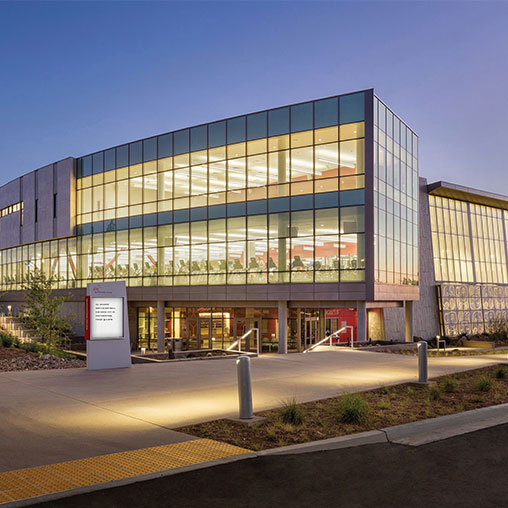
Southwestern College, Wellness and Aquatic Complex
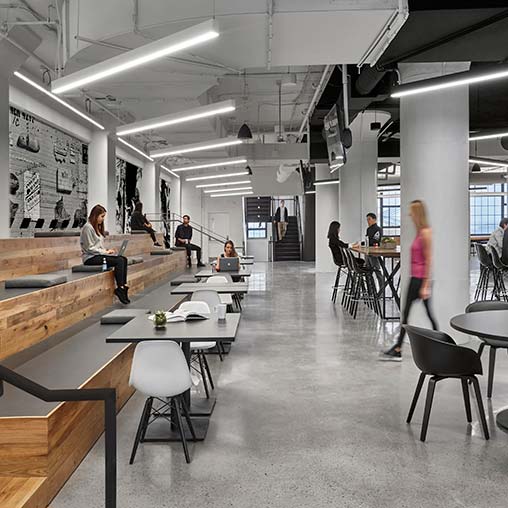
Reebok Headquarters
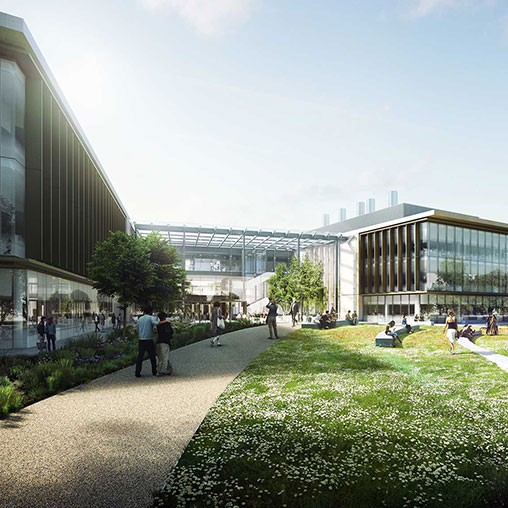
Illumina Array, Granta Park
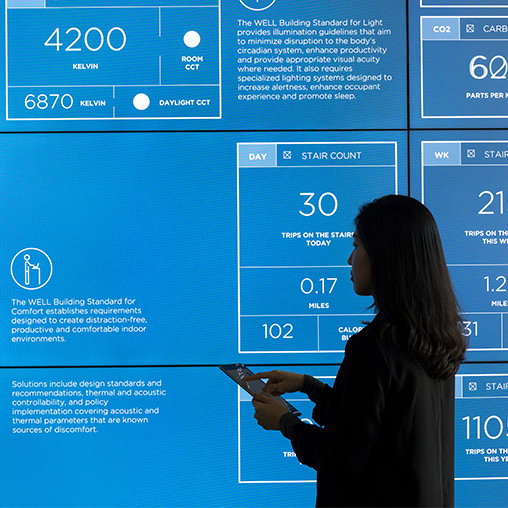
Delos
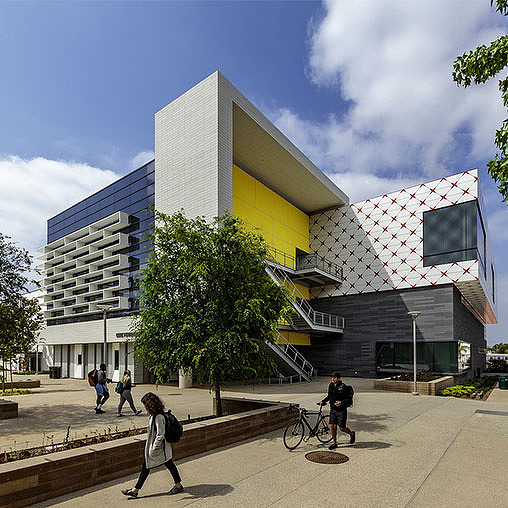
Santa Monica College Core Performance Center
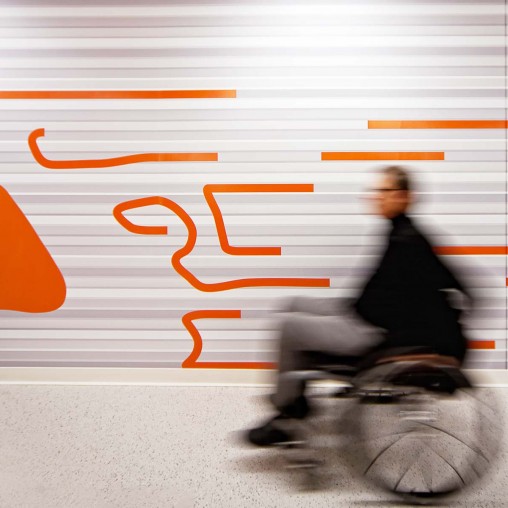
Rehabilitation Institute of Chicago, Adaptive Fitness Center

Willowbrook MLK Wellness Community
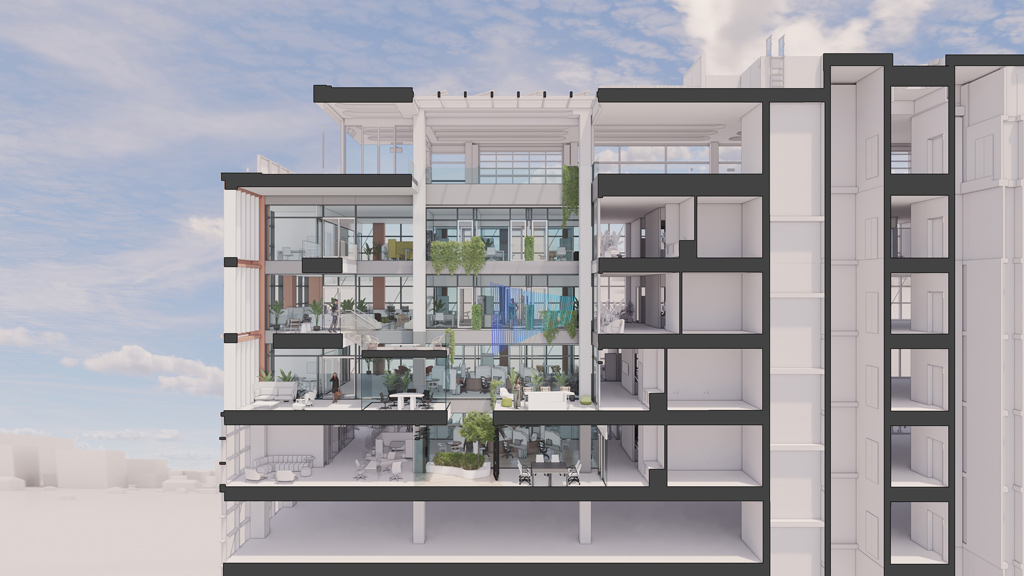
The Law Firm of the Future: Can a Workplace be Restorative?
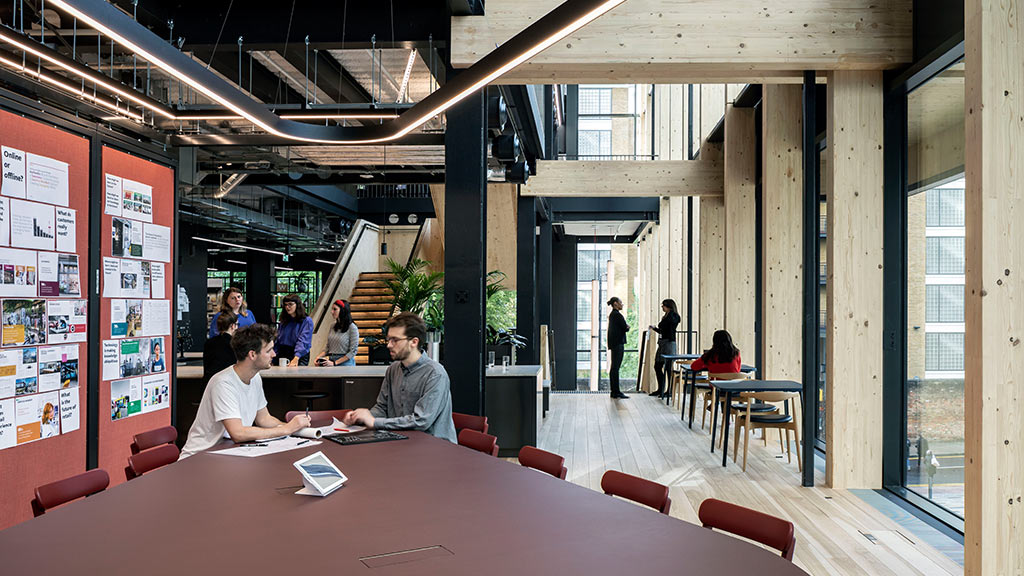
How Your Workplace Can Maximise Trust — and Why It Matters
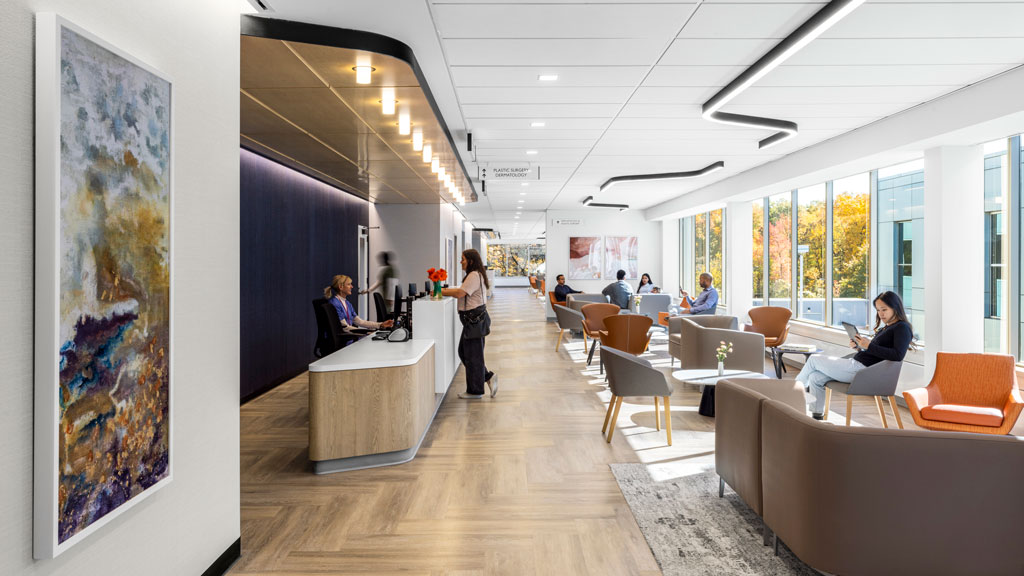
The Future of Healthcare as an Integrated Ecosystem of Health and Care
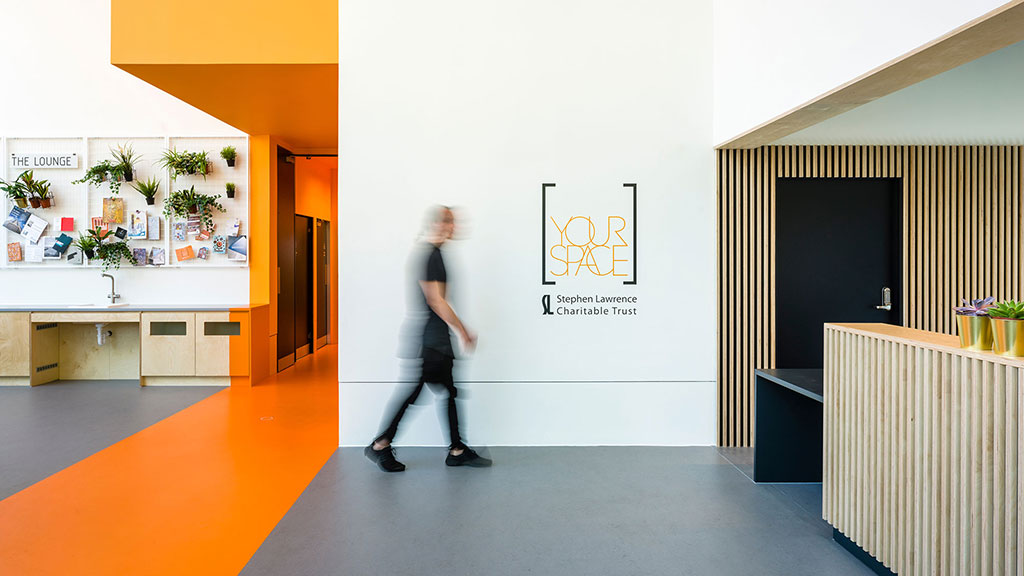
Designing Empathetic Workplaces Can Be a Key Differentiator
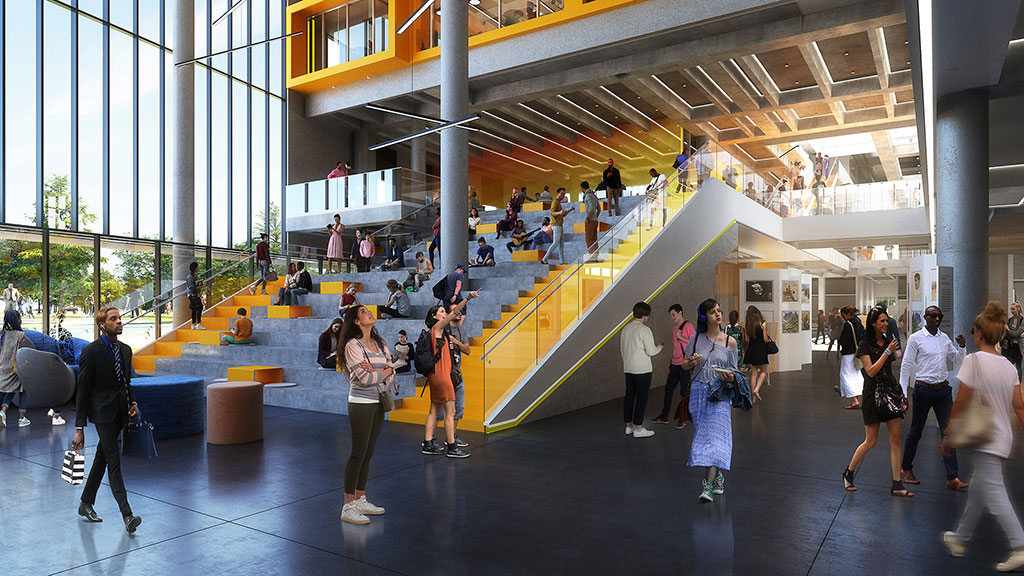
To Foster an Engaged Student Body, Holistic Campus Design Is Key
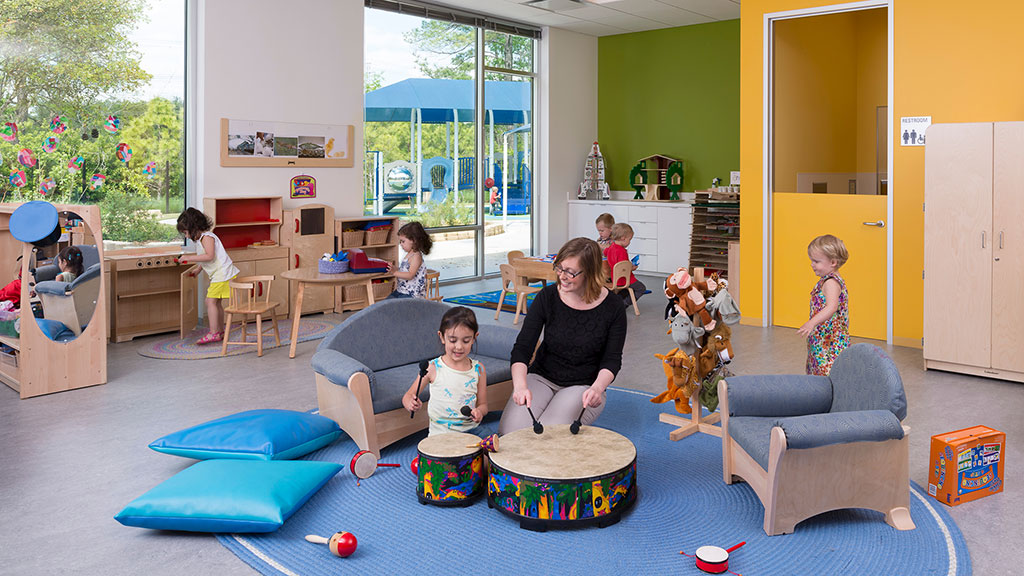
Revolutionizing Child Care: The Key to Enhancing Your Return-to-Office Strategy
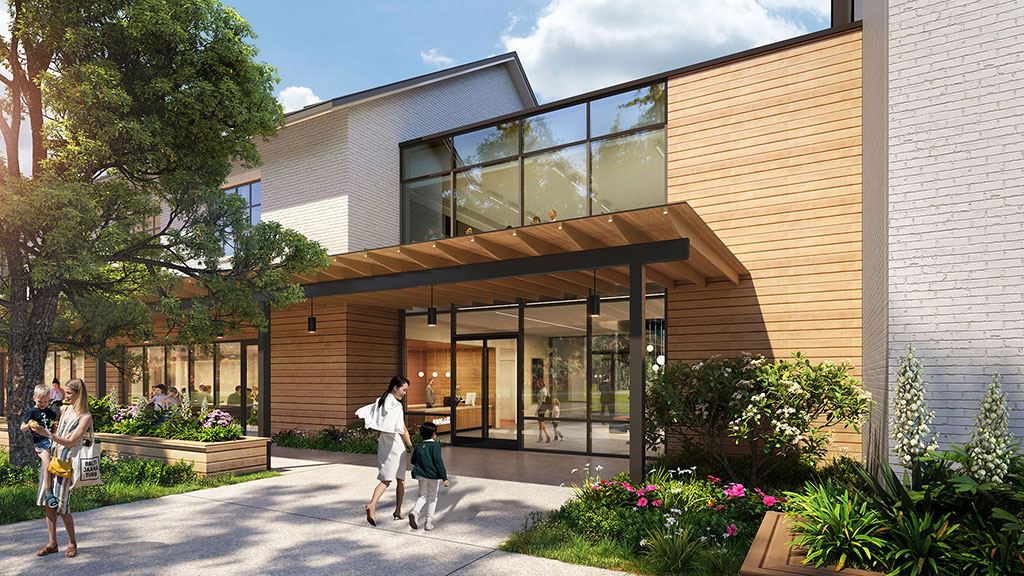
Supporting Health, Well-Being, and Safety Through Trauma-Informed Design
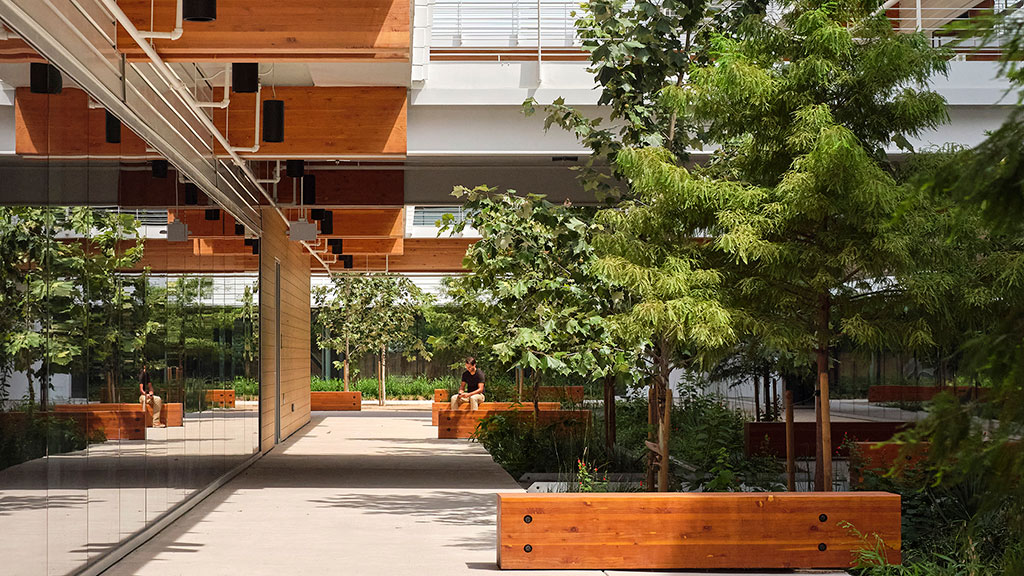
How Biophilia, Biomimicry, and Bioclimatic Strategies Will Transform the Future of Design

What It Means to Be a “Healthy Building”
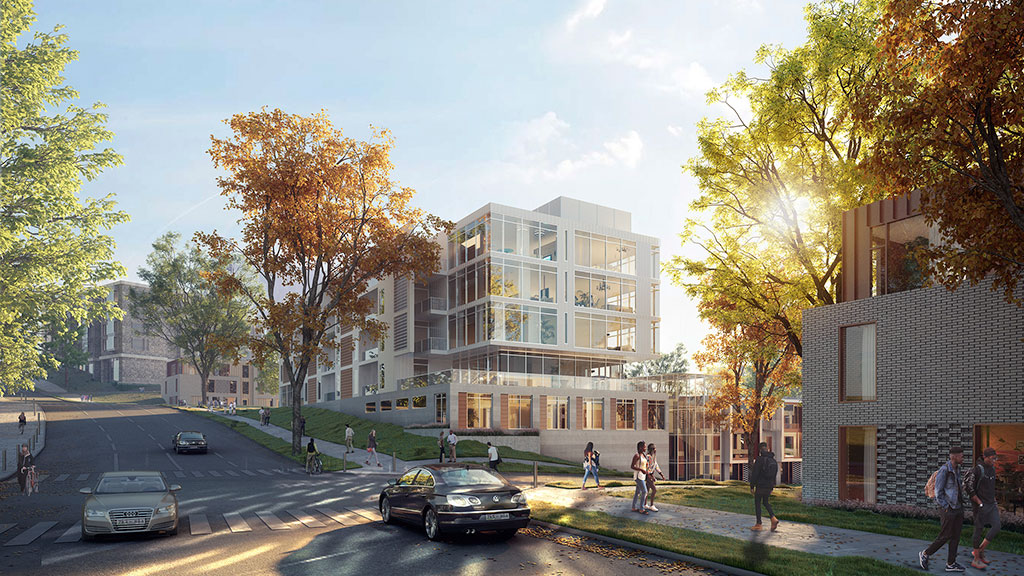
Trends to Watch: Shaping the Future of Attainable Housing
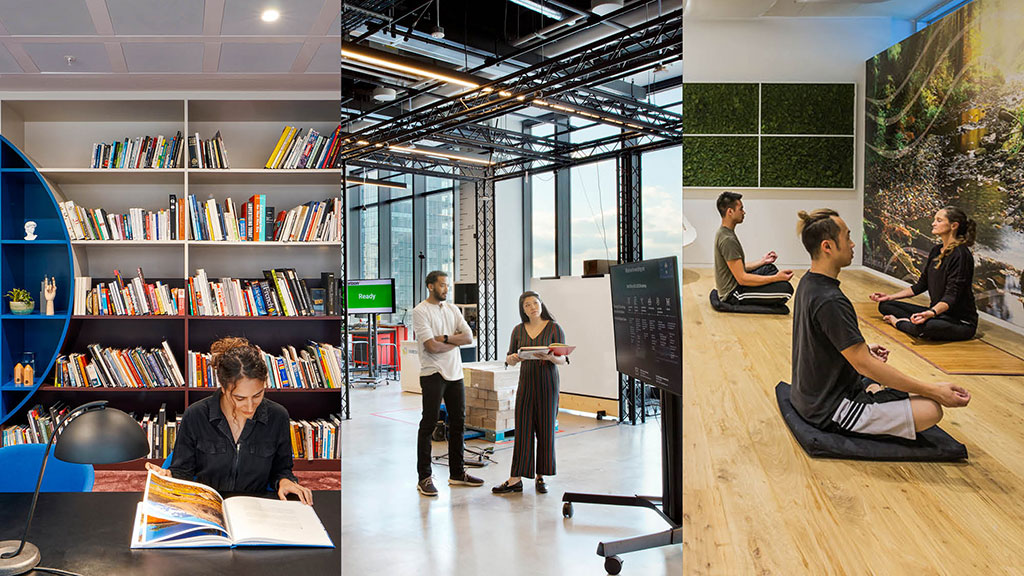
10 Spaces That Are No Longer Optional to Create a Great Workplace Experience
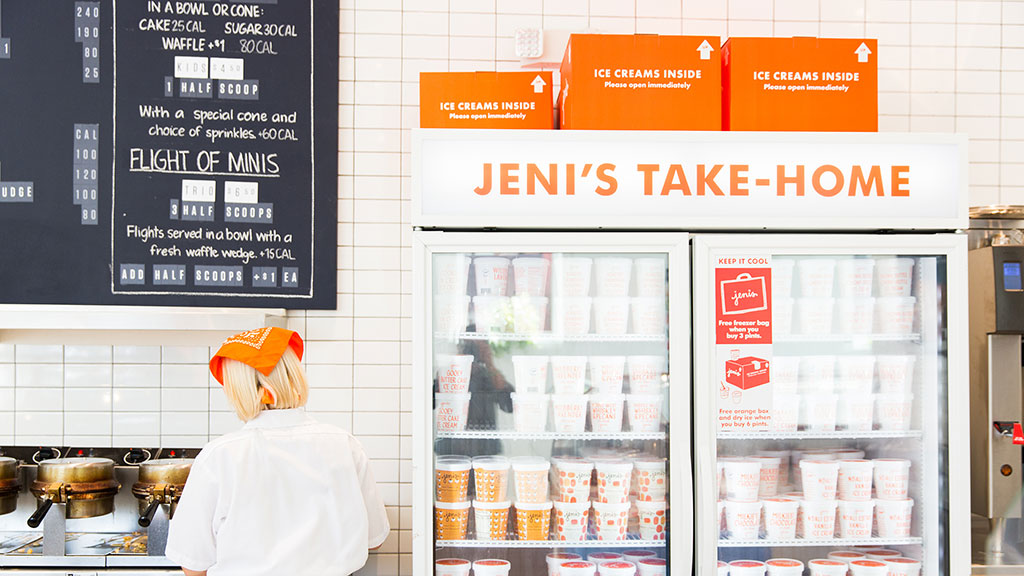
Creating Spaces That Evoke Joy Through Immersive Design

Getting to the ‘S’ and the ‘G’ in ESG Through Design
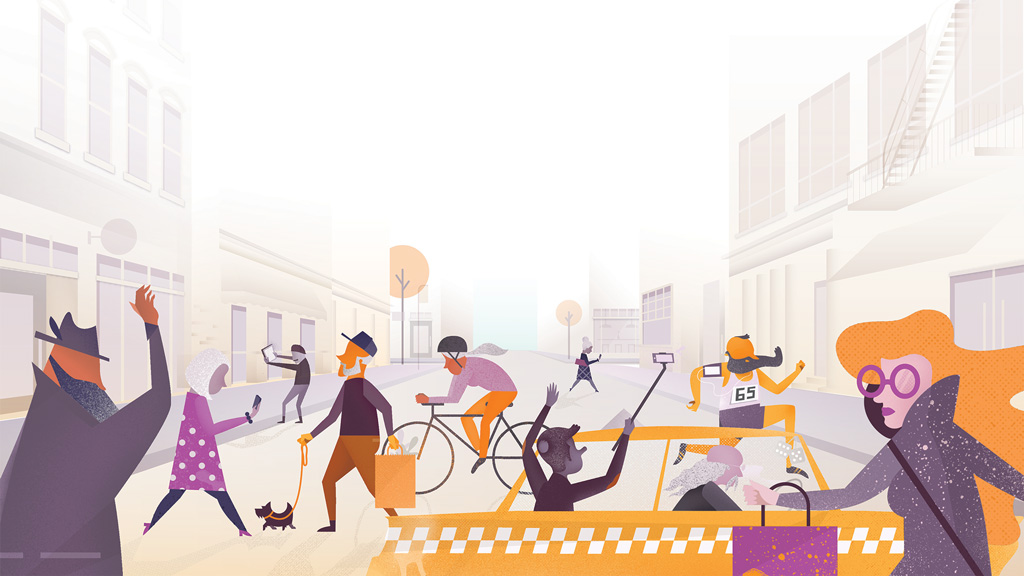
Debunking Three Myths About Designing for Older Adults
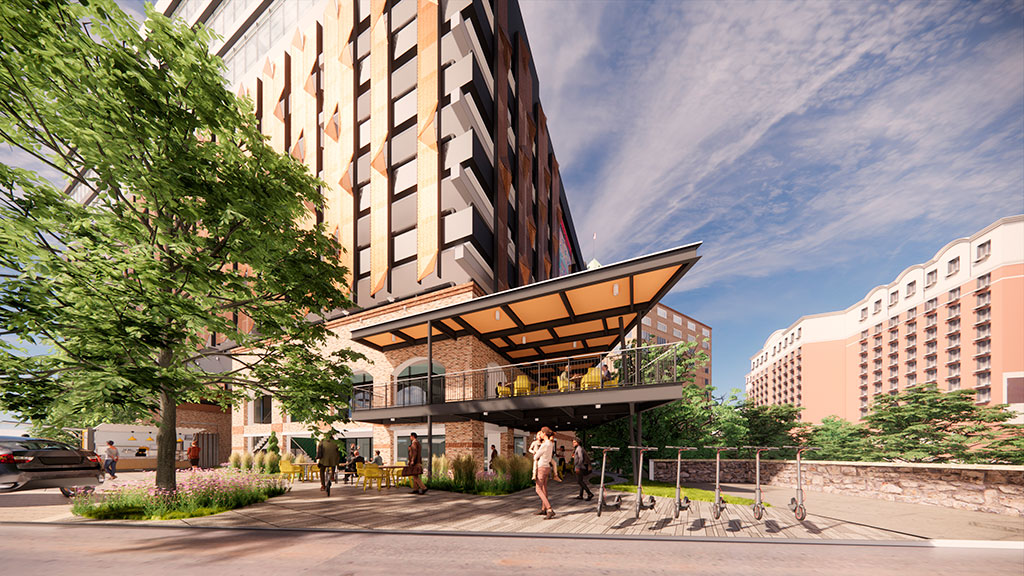
Trends to Watch: Accessible and Inclusive Design Will Draw Workers Back to the Office
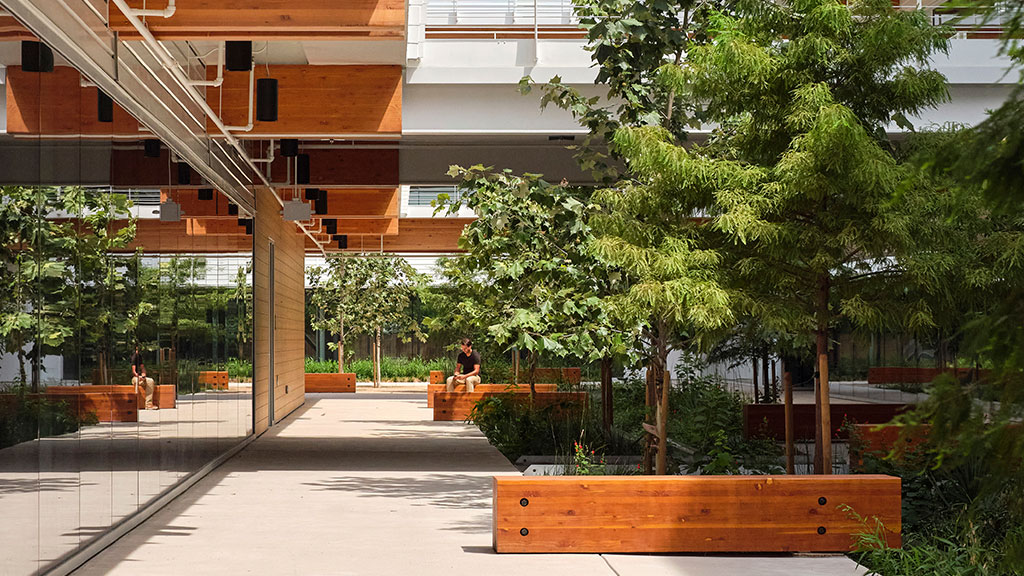
Fifth + Tillery
Psychological safety and inclusion will become essential to meet workers’ needs.
Today’s workers are seeking “psychological safety” where they can be their authentic selves. By giving people choice in where to work within the workplace ecosystem and embedding inclusivity and wellness throughout — from equitable access to enhanced daylight and air quality — organizations can create a culture that supports growth, promotes learning, and amplifies innovation and creativity.
Businesses must design for wellness for a multigenerational workforce.
Businesses must learn to flex between hierarchical and adaptive work modes to support the dynamic needs and expectations of multigenerational workforces. Organizations that embed variety and flexibility throughout corporate policies can forge intergenerational connections, creating cultures and spaces that support people’s needs throughout their lifespans and will win the competition for talent.
A new market will emerge around wellness performance.
The shift toward more proactive engagement with wellness is spurring the development of a new market built around data-driven, highly personalized performance. Everything from wearables to training facilities can be designed to help individuals better understand and optimize their health.
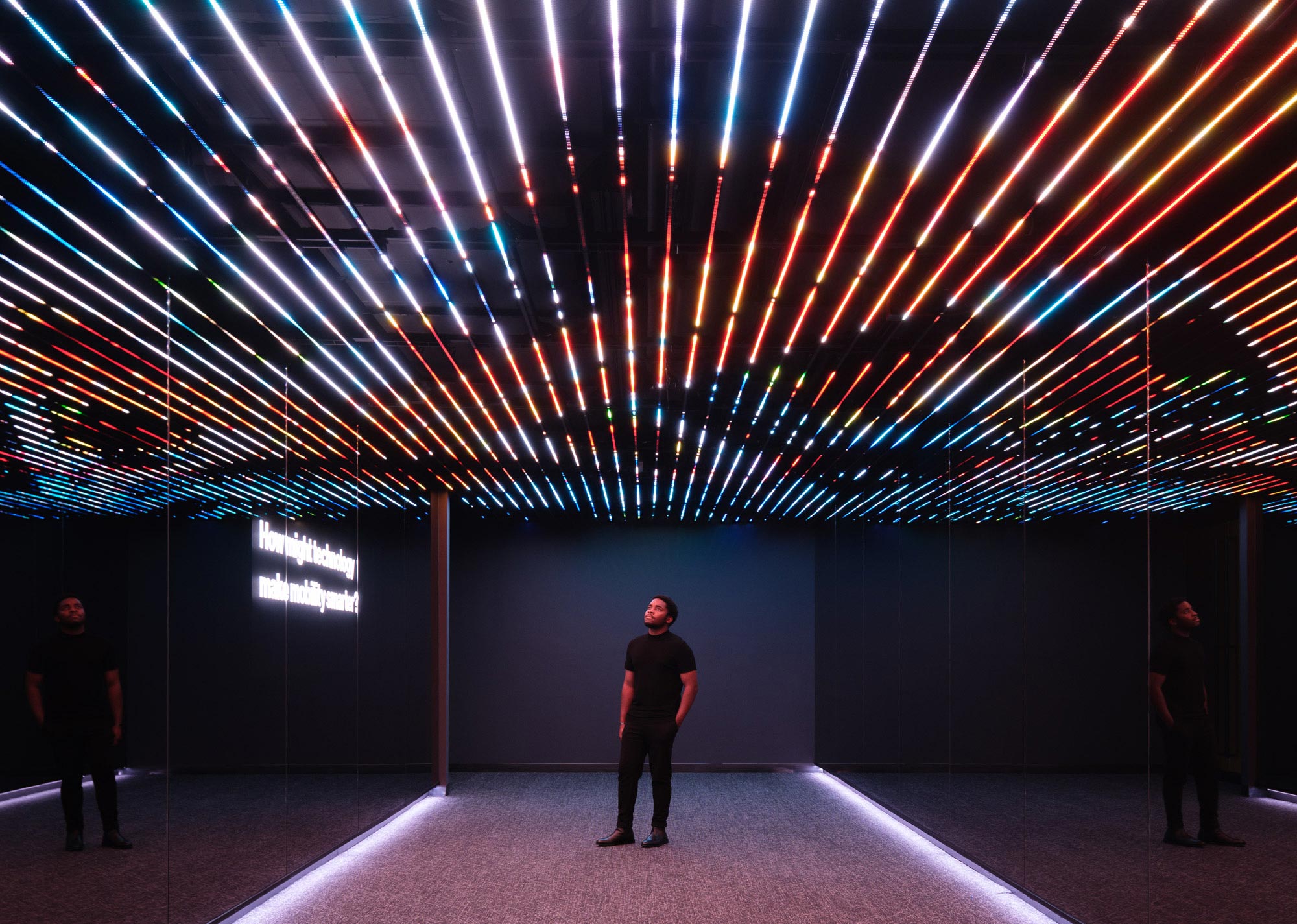

Stacey Olson
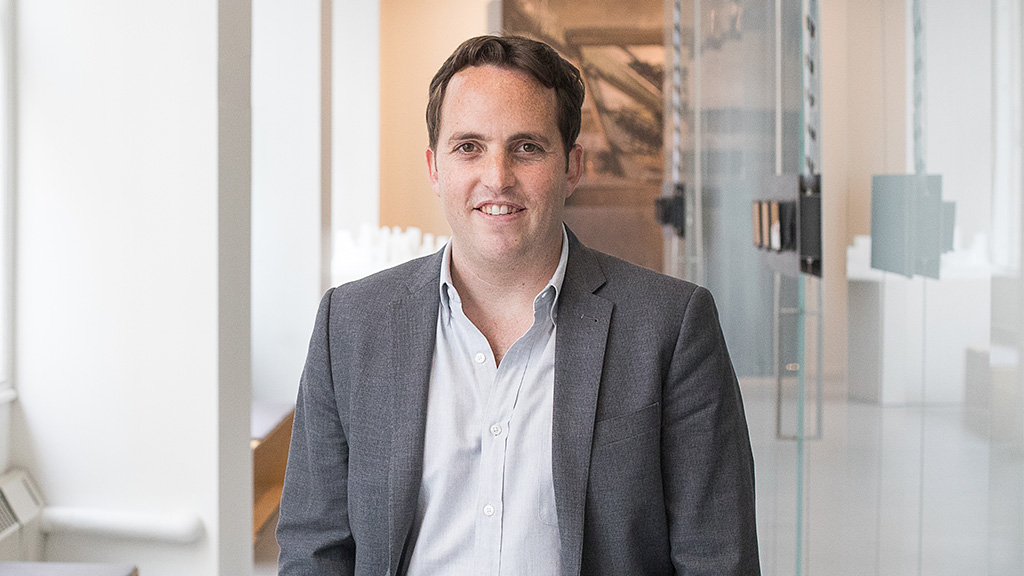
Michael Schur
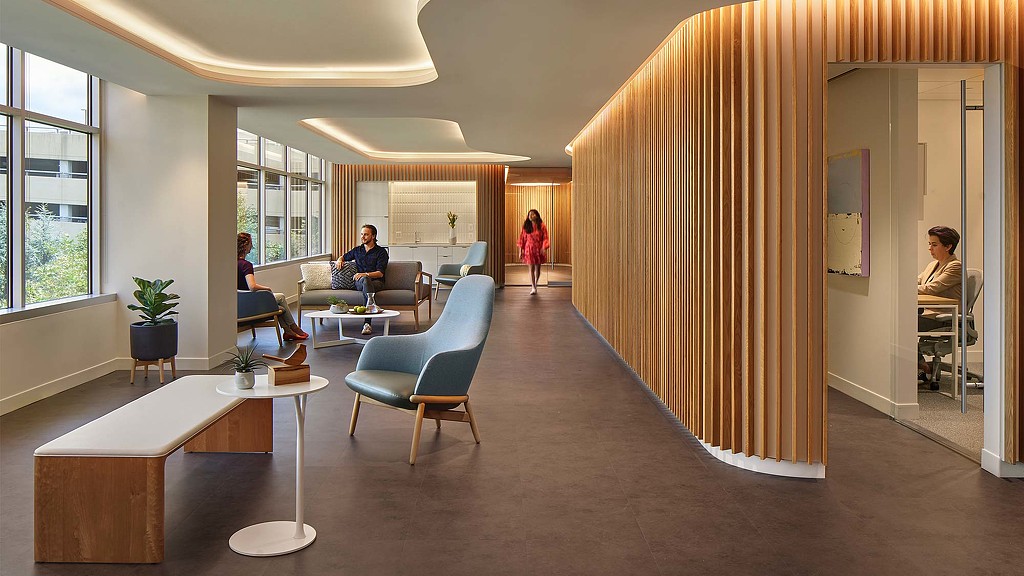
Bill Richards Aquilino Cancer Center Is ‘At the Forefront of a Budding Renaissance in Psychedelic Medicine’
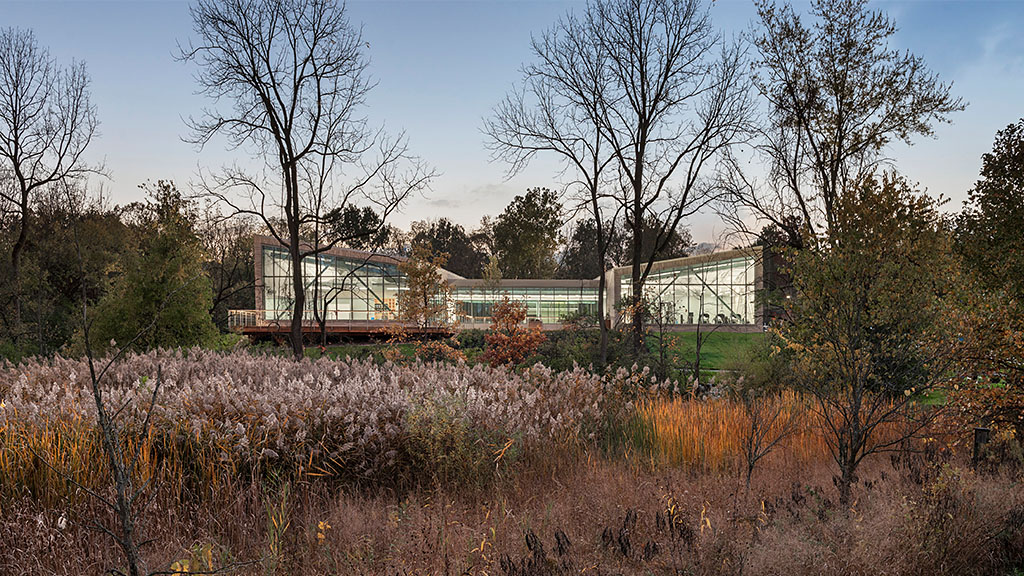
AIA Honors OhioHealth Neuroscience Wellness Center, Designed by Gensler, in the 2023 National Healthcare Design Awards
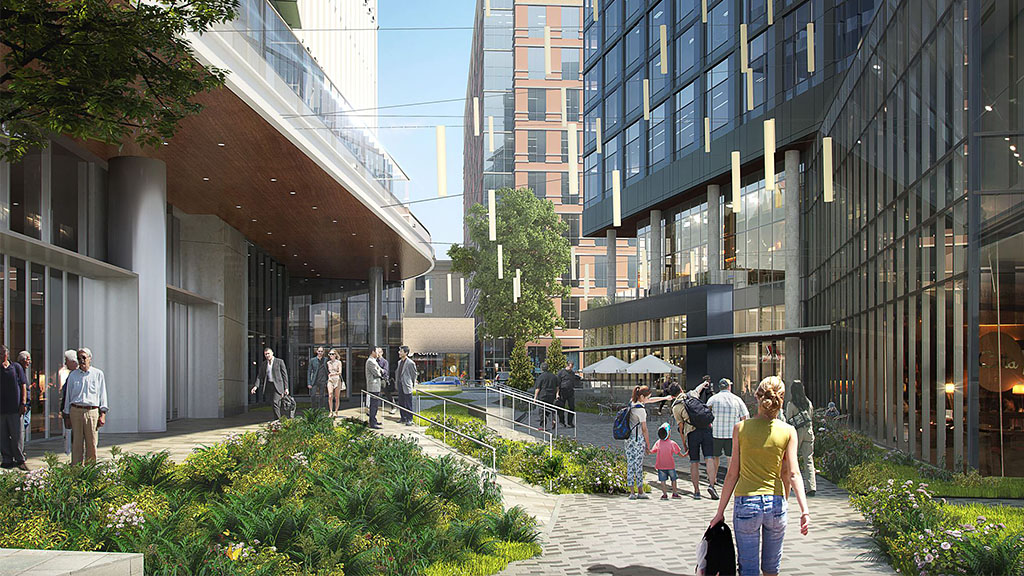
The Center for Active Design Honors Gensler in the Best in Building Health 2023 Awards
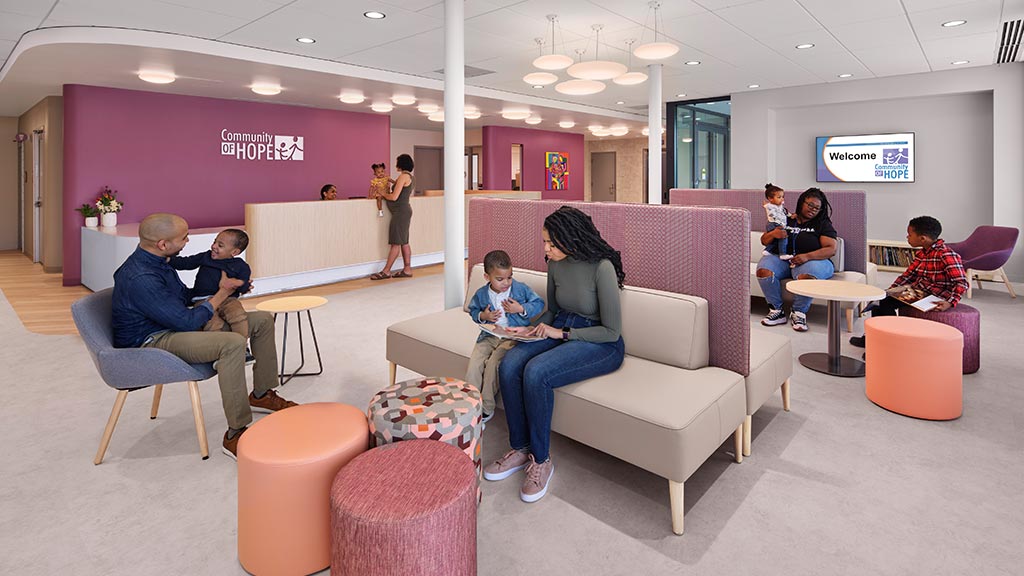
How To Create a Warm, Welcoming Experience for Patients and Visitors Alike

Why the Next Retirement Communities Won’t Be Just for Seniors
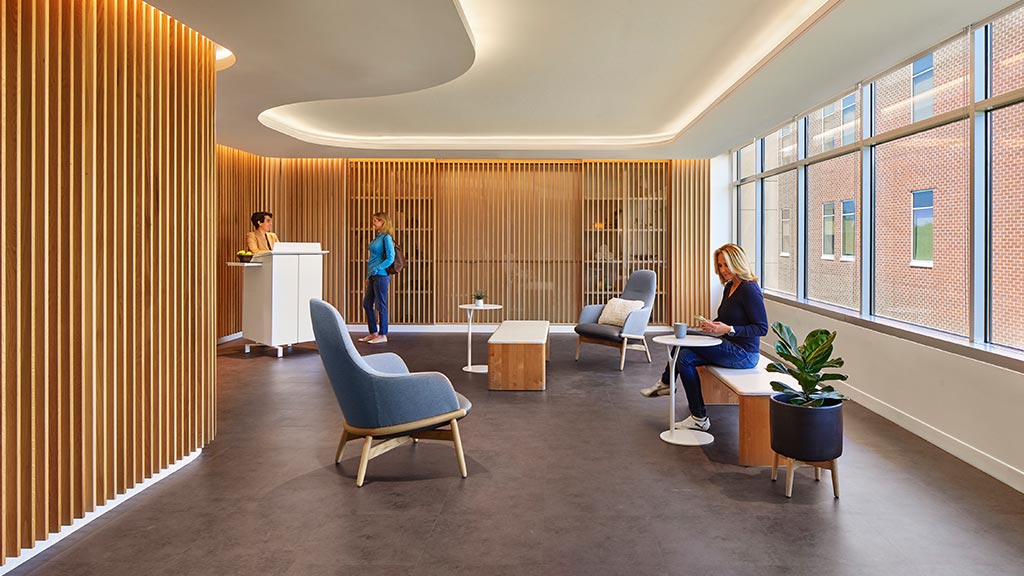
The Health & Wellness Design Market Research Report Lists Gensler as a Key Player in Health and Wellness Design
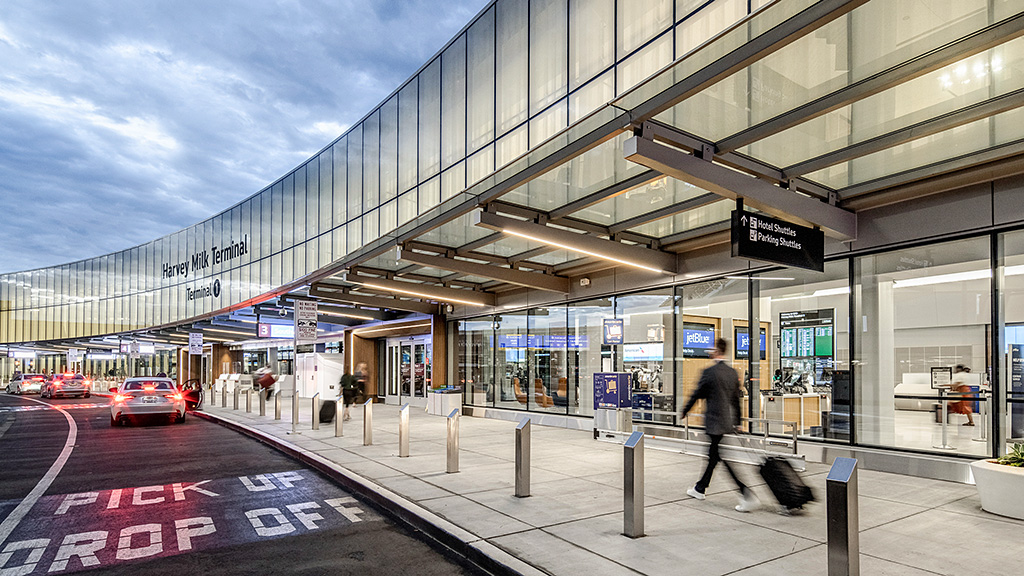
SFO’s Harvey Milk Terminal 1 Becomes the First Airport Terminal in the World to Achieve Full WELL Certification

A Gensler-Designed Healing Center Is Named a Winner of IIDA’s 10th Annual Healthcare Design Awards
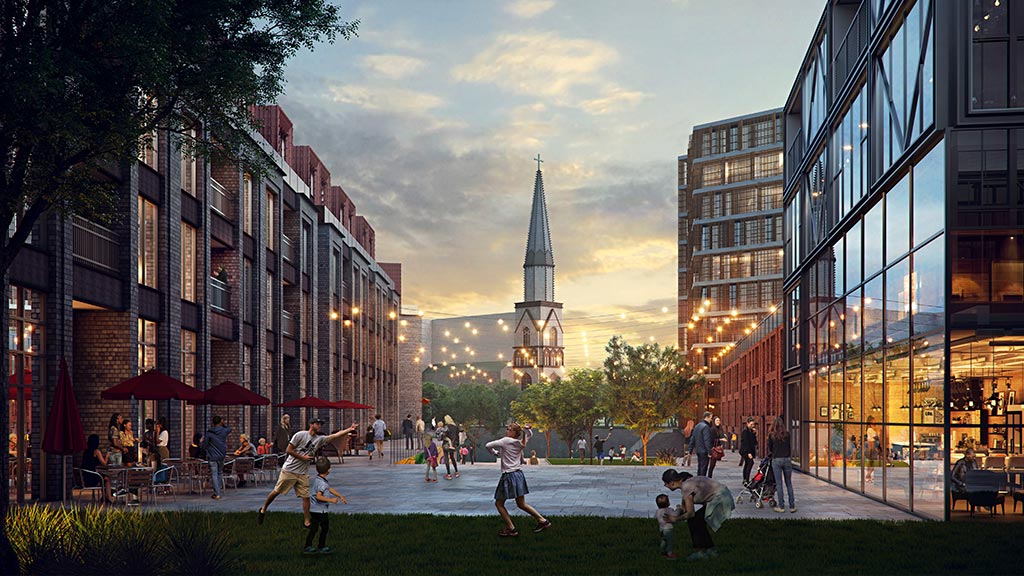
Insights on Expanding Our Idea of the 20-Minute City
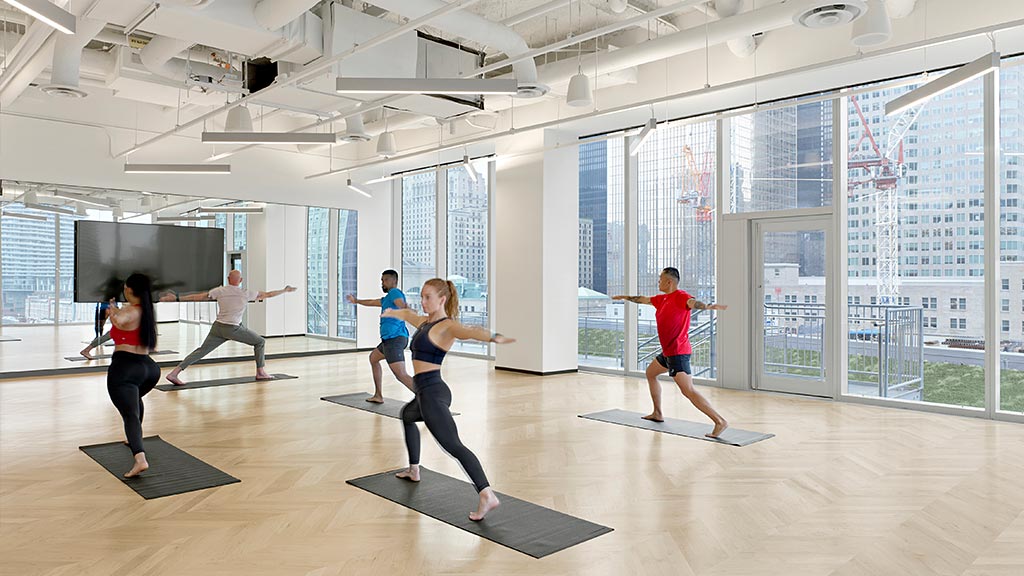
A High-End Gym Designed to Attract Workers Back to the Office

How Biophilic Design Can Be Used More Extensively in Offices
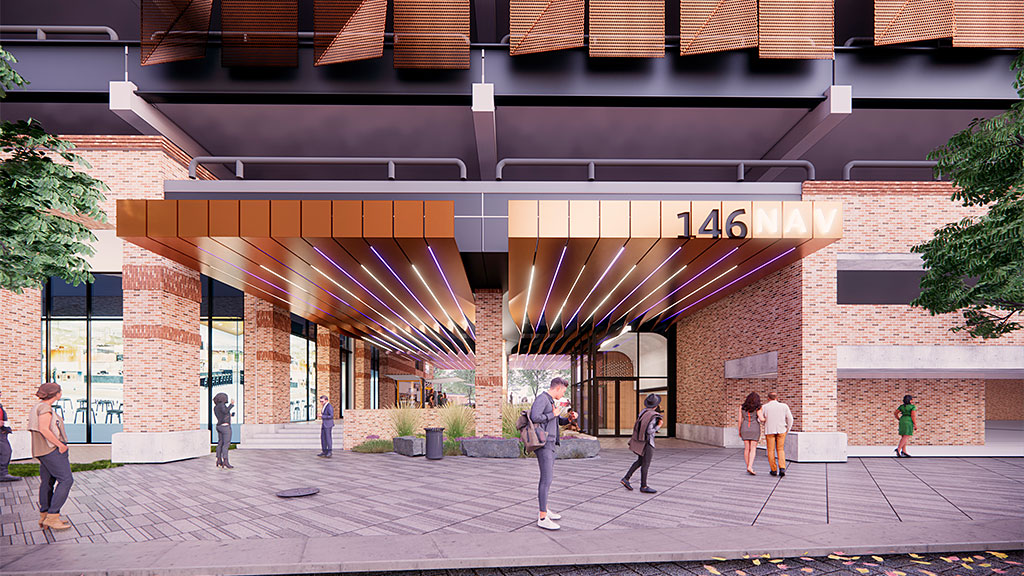
Gensler Wellness Leader Stacey Olson Discusses How Office Spaces Are Being Reimagined Post-Pandemic
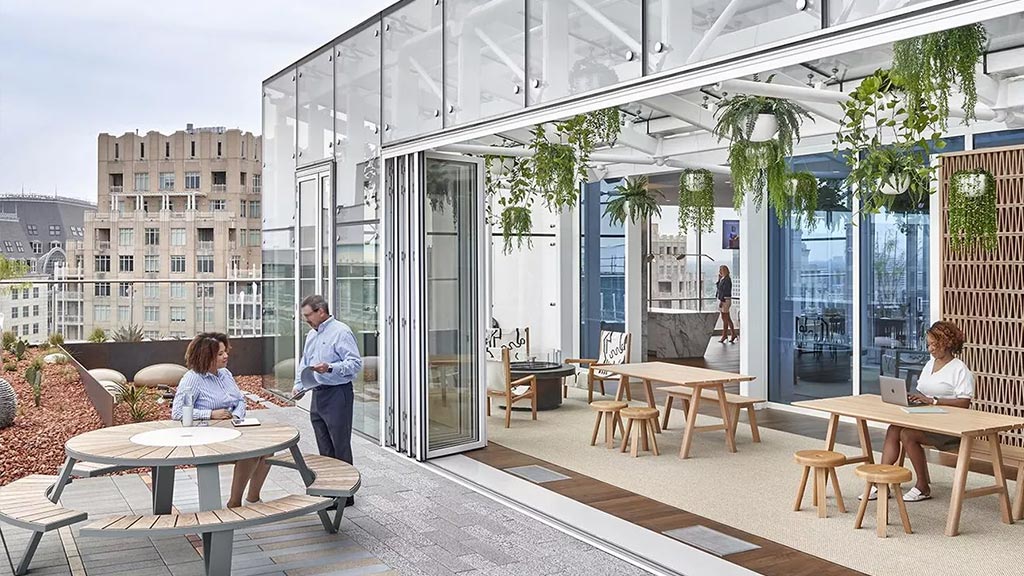
How “Healthy Buildings” Can Coax Workers Back to the Office With Health and Wellness Amenities

Healthcare Snapshots Featured Bill Richards Center for Healing at Aquilino Cancer Center
